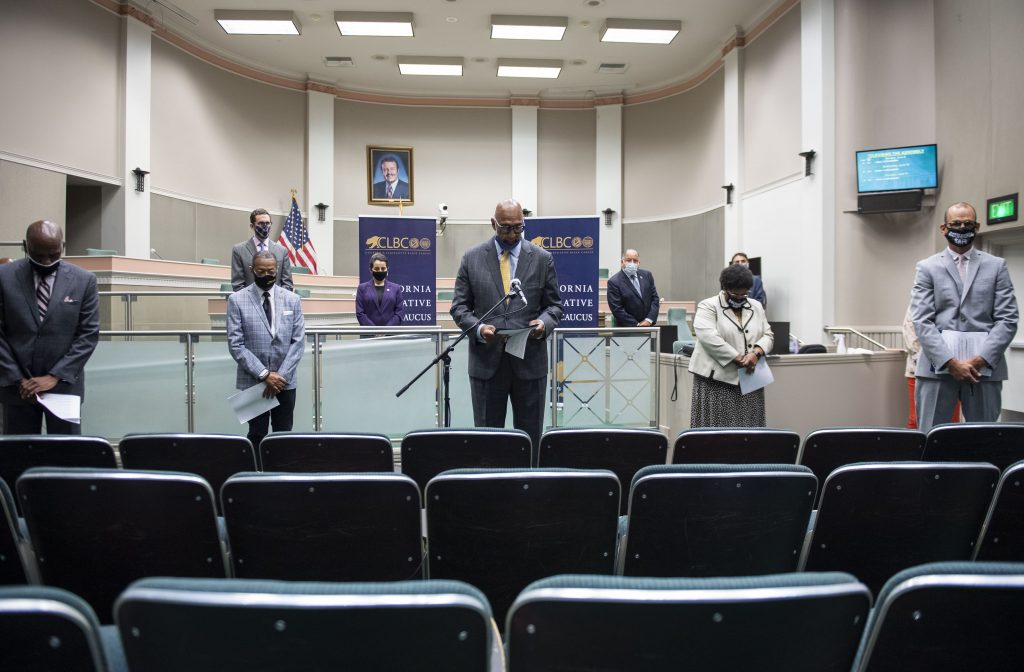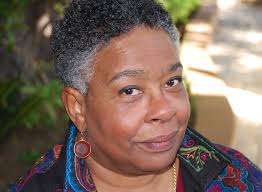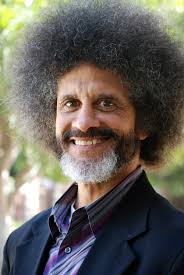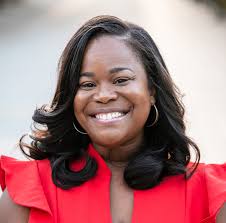DMV Reopens Remaining Field Offices to Public
Starting Thursday, 169 locations will serve customers with appointments, offering limited services. Customers encouraged to use online and expanded virtual services when possible
Sacramento – The California Department of Motor Vehicles on Thursday, June 11, will reopen its remaining field offices that were temporarily closed during the COVID-19 pandemic. With this phase of reopening, employees at 169 field offices will assist customers with current appointments at the specific office and limited transactions that require an in-person visit. Behind-the-wheel drive tests are not yet available, and the DMV continues to recommend that customers use its online services, expanded virtual services and other service channels to complete transactions, including eligible driver license and vehicle registration renewals.
“I continue to encourage Californians to use our online services, the Virtual Field Office, DMV Now kiosks and business partners whenever possible,” DMV Director Steve Gordon said. “Nearly all DMV tasks can be accomplished without an office visit. To keep wait times down and to maintain public health guidelines, I ask you to only visit a DMV office when absolutely necessary and to come prepared.”
Limited service: Employees will continue serving customers with existing appointments and Californians in need of selected transactions that can only be completed in a DMV field office, including:
Paying registration for a vehicle impounded because of registration-related issues
- Reinstating a suspended or revoked driver license
- Applying for a reduced-fee or no-fee identification card
- Processing commercial driver license transactions
- Applying for a disabled person parking placards (this can also be done by mail using the REG 195 form)
- Adding an ambulance certificate or firefighter endorsement to a driver license
- Verifying a transit training document to drive a transit bus
- Processing DMV Express customers for REAL ID transactions, if time and space allow
- Vehicle verifications
Offices will also offer additional services for commercial drivers, including vehicle inspections and basic control tests. The commercial offices will begin contacting previously scheduled applicants to reschedule the vehicle inspection and basic skills components. The DMV also will resume offering motorcycle drive tests.
Appointments: The DMV has already begun rescheduling appointments canceled during the temporary closure and notifying customers of the new date. Once the DMV has accommodated those customers, the DMV will begin offering a limited number of new appointments.
The DMV plans to resume offering all services to appointment and non-appointment customers in the coming weeks, as space allows. The DMV notes for its customers that the San Bernardino field office is closed until further notice for repairs.
Public health measures: Customers will notice numerous changes to safeguard the health of employees and customers. including: Employees are wearing face coverings and maintaining physical distancing and have access to disinfecting wipes, hand sanitizer, facial shields, gloves and soap and water. The DMV also is providing hand-washing stations for customer use in select locations. Customers are required to wear a face covering and remain 6 feet apart in line. Customers are offered a text message that will allow them to wait outside the building until notified they are ready to be served. Entry into the building is metered, and customers may experience extended wait times.
Behind-the-wheel drive tests: Behind-the-wheel tests are currently not available due to physical distancing concerns. The DMV plans to resume behind-the-wheel exams for both commercial and non-commercial drivers in the coming weeks. The DMV suspended the tests in March to comply with physical distancing guidelines. The DMV will reschedule canceled appointments for drive tests automatically when testing resumes.
Credit cards: The DMV has expanded credit card and digital wallet (Apple Pay, Google Pay, Samsung Pay) payment options to all offices statewide.
REAL ID: The DMV has expanded its “DMV Express” option to all field offices, allowing customers to fill out the online application for REAL ID, upload documents at home and receive an expedited experience at a local DMV office. In response to the COVID-19 pandemic, the federal government extended the REAL ID enforcement date to October 1, 2021, a year later than previously announced, to give people more time to apply.
“We appreciate the public’s patience as we navigate this time of unprecedented challenges,” Director Gordon said. “We will continue to monitor the situation and act in the best interest of our customers and employees.”
 Westside Story Newspaper – Online The News of The Empire – Sharing the Quest for Excellence
Westside Story Newspaper – Online The News of The Empire – Sharing the Quest for Excellence





